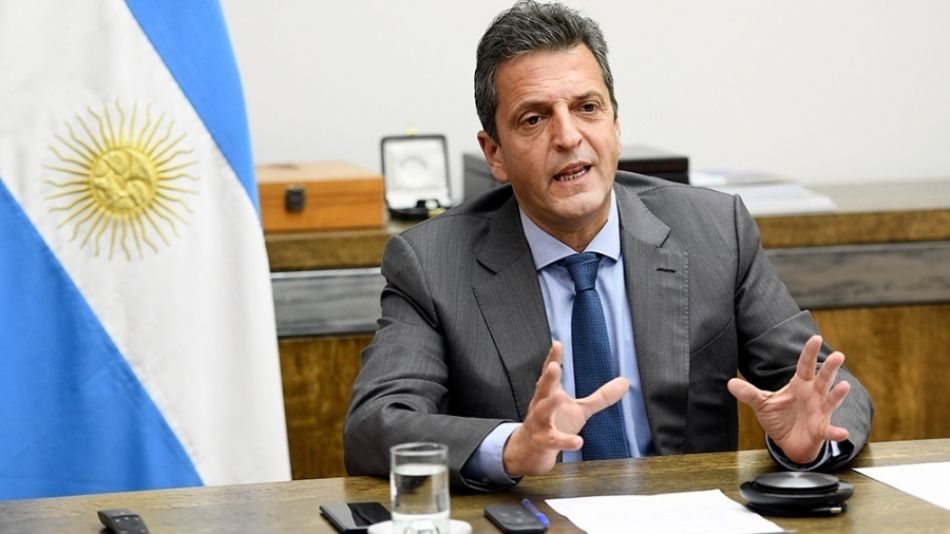Argentina’s Minister of Economy, Sergio Massa, announced a new package of foreign loans destined to swell the reserves of the Central Bank amid the dramatic foreign currency crisis that the country is going through due to the exhaustion of the foreign exchange ceiling.
A new loan of US$600 million from the Inter-American Development Bank (IDB) was approved, formally a “Credit Line for Investment Projects,” and a first additional disbursement of up to US$200 million to attend the health system.
Informally, however, the main objective of the loan is to bring the international reserves goal with the IMF a little closer.

On the other hand, the Minister of Economy confirmed that another new loan had been arranged, this time for US$500 million from the Saudi Fund for Development.
The line of credit will seek to facilitate investments in “food health and energy”, including constructing the Néstor Kirchner gas pipeline.
With the new credits unblocked, the economic team obtained fresh funds for US$1.1 billion to be repaid in the long term.
The impact on international reserves improves the outlook to avoid a major default with the IMF but conditions the next government.
However, Massa’s entourage aims to raise at least US$3 billion in new foreign indebtedness.
To this end, the government is seeking more financing from the World Bank and the Andean Development Corporation (CAF) and accelerating disbursements on loans already closed.
After the impact of the drought on the already very messed up exchange rate system governed by the exchange rate ceiling, the government is betting on the indebtedness to slow down the jump of the dollar in the alternative legal parties and to contain the expectations for the rise of the informal dollar.
The parallel exchange rate finally reached $400 on Thursday, which meant an exchange rate gap of more than 80%.
The official dollar closed the day at $221 for sale, the dollar Contado con Liquidación (CCL) reached $402, and the MEP (the stock exchange dollar) exceeded $388.
Likewise, the Country Risk index continues to hover above 2,300 basis points for the second consecutive week, reaching a peak of up to 2,472 points between April 6 and 7.
But despite the turbulences, the Central Bank decided not to alter the monetary policy rate (the rate applied to Leliqs), which will continue to be set at a 78% nominal annual rate.
Contrary to what is usually suggested, the Leliq rate is not intended to offset inflationary dynamics but rather to contain the exchange rate gap.
With information from La Derecha Diario

